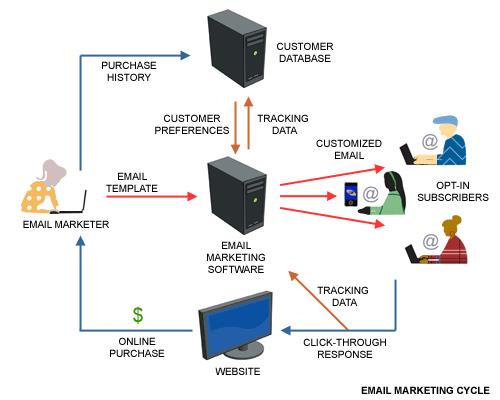Email Testing: A Checklist for Success

Email Testing: A Checklist for Success
Because of the immediacy of email data, testing should become an integral part of your ongoing email marketing efforts. Knowing what to test, how to test it and what to glean from the results will make your email initiatives perform to their fullest.
Use this post as a guide to your email testing efforts. If you follow each of these steps within your email testing process, your campaigns will most likely be much more effective and rewarding.
Use this checklist to explore all of the key areas of testing that will drive your success.
Key Things to Remember When Testing
Testing in email is crucial
- Start testing today—you don’t need to have the master plan
- Establish a test protocol
- Be creative and thorough in your testing areas
- Test beyond the click and look at conversions
- Test and review frequency and timing
- Make sure you test accurately and reliably with lists
- Always have one change action as a result of a test
- Never stop testing
Step #1—Ask a Question
Start the testing process by asking a question. What are you hoping for? Determine a specific goal to accomplish rather than attempt multiple goals with one blanket approach. A series of small steps can be easy to test and analyze.
- I’d like to have more people open my messages
- I’d like to have more people click through to my Website
- I’d like to re-engage with historically inactive people
- I’d like to have people click on a specific area, topic or action
Step #2—Form a Theory
Use your marketing experience and best practice knowledge to determine what aspects may make a difference in achieving the goal you’ve defined.
- I think people may be bored with my current subject lines
- I think that the placement of the specific content may drive more people to action
- I think that people may not understand this is from my organization, and therefore will not interact
- I think my calls to action need to be stronger
Step #3—Create the Test
Set up your test, following best practices. Remember, you don’t need to prove the obvious.
To optimize opens, I’m going to test: (one per test)
- From name
- Best day to send
- Subject line
- Best time to send
To optimize click-throughs, I’m going to test: (one per test)
- Creative/layout
- Subject lines
- Copy
- From name
- Calls to action
To optimize conversions, I’m going to test: (one per test)
- Landing pages
- Calls to action
- Creative/layout
- Subject lines
- Copy
- From name
Step #4—Segment the List
Choose the best list or segment to test, and split it (for that specific test).
- I’m confident this list is the most appropriate to prove or disprove my theory
- My list is only large enough to do an A/B split
- My list is large enough that I can break it into a larger control and other smaller test segments
- My list is large enough that I can sample a percentage of my list to test
Step #5—Measure and Analyze Results
Measure and analyze results to gain insight and prove or disprove theory. Accurately compile stats (to conversions). What does it all mean? Look beyond the numbers. Even small percentage differences can mean large gains in response rates.
- My opens increased %
- My click-throughs changed %
- My conversions changed %
- Traffic to my Web site increased %
- My click-throughs were more focused on specific area, topic or action
- My click-throughs were spread out across areas, topics or actions
- Sales calls increased %
Step #6—Make Changes
Commit to making at least one change in each campaign.
- I need to change my from name
- I need to change my subject line Specific words
Subject line format
- I need to add content
- I need to decrease content and simplify
- I need to increase clickable areas or links
- I need to highlight actionable items more
- I need to change copy
- I need to modify layout




